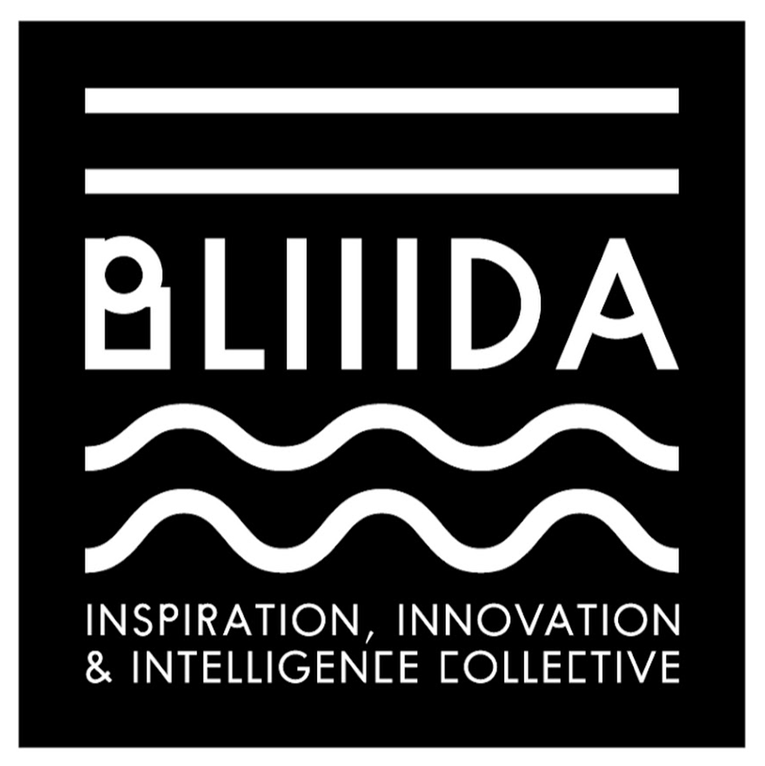
During 2019, the topic of light pollution was highly considered by scholars over the world. A total of 110 publications were published in indexed journals : Clarivate – https://clarivate.com/.
These articles were published in a total of 86 different journals about biological sciences (e.g. Biological Conservation, Biological Letters, etc.), ecology (e.g. Ecological Indicators, Ecography, etc.), environmental miscellanea (e.g. Sustainability, Science of the Total Environment, Scientific Reports, etc.), engineering and urban geography (e.g. Photonics Letters of Poland, Urban Studies, etc.) or air quality and pollution (e.g. Astrophysics and Space Science, Environmental Pollution, etc.).
However, it is worthy to note that there are also papers related to human health because, during the last years, some new hypothesis are developed regarding the negative impacts of light pollution on circadian rhythms, intern clock or sleep disruption and even, cardiovascular diseases. Finally, it is relevant to the new research line conducted by some groups related to the negative impacts of light pollution on astronomic tourism. Of about 86 papers were classified as research articles, 16 as review papers and the rest as editorials, short communications and reports. This shows the relevance of this topic for the scientific community to :
-
- group all the scientific investigations related to the topic
- highlight that more research is needed yet to be conducted in some hot topics such as animal behaviour, human health or sensor designs.
The methods are very broad, considering :
-
- acoustically monitoring
- laboratory tests
- light trapping
- medical surveys
- remote sensing techniques
- literature review
Paying attention to the countries where the different investigations were conducted, they were widely distributed along the five continents, being representative the studies conducted in Argentina, Brazil, Chile, Australia, Germany, Belgium, Italy, Germany, Spain, China or USA.

The research team at Trier University is preparing a bibliometric analysis of this topic considering the last 15 years of publications in indexed journals. We strongly consider that this will benefit to improve the understanding of light pollution as an environmental concern for humans and natural ecosystems.
In charge of the Smart Light HUB project at the University of Trier :
- Dr Jesús Rodrigo-Comino
- Stephan Seeling
- Dr Christel Egner-Duppich
- Teresa Benzing
- Ashwini Trivedi
- Dr Manuel Seeger
- Prof. Dr. Johannes B. Ries







